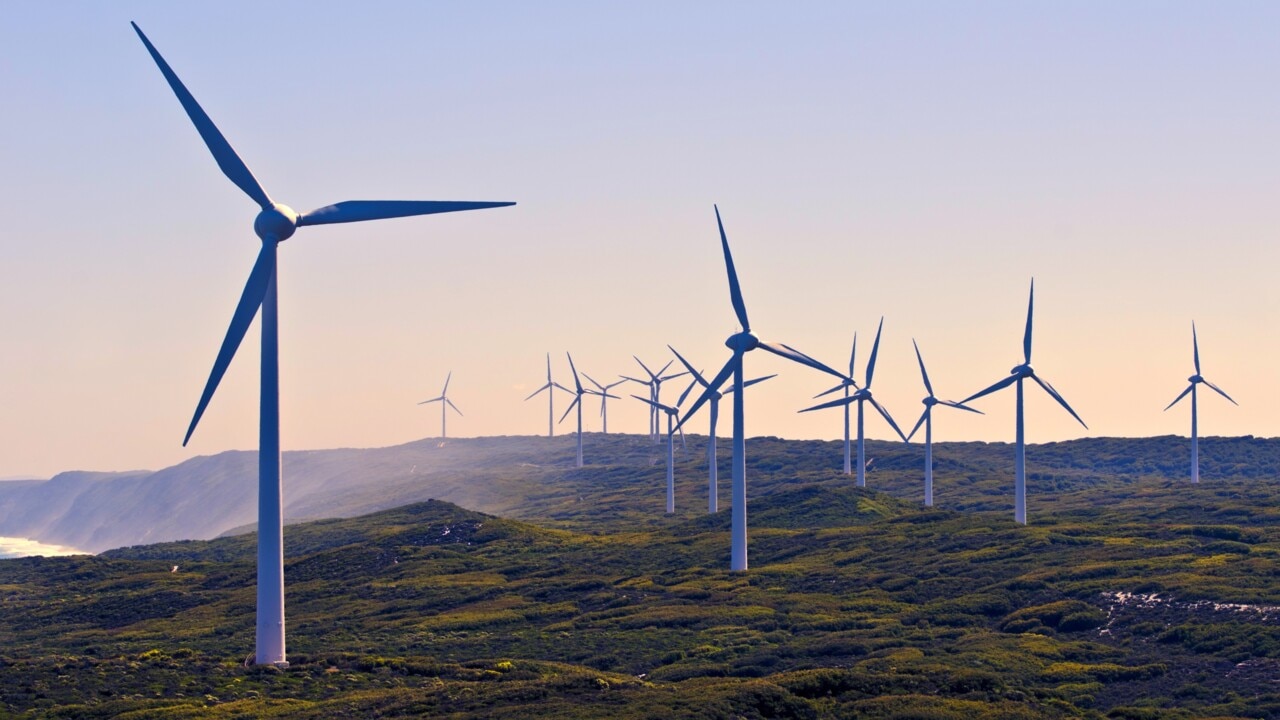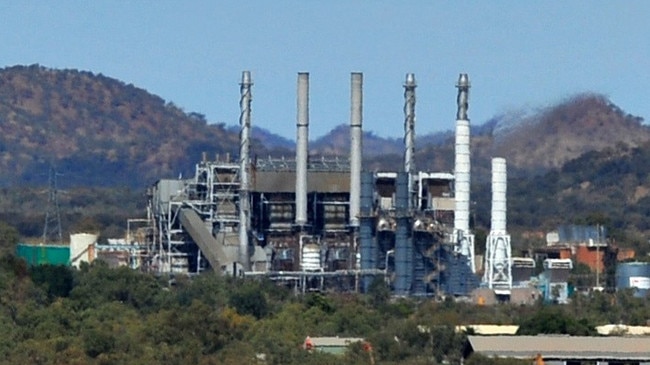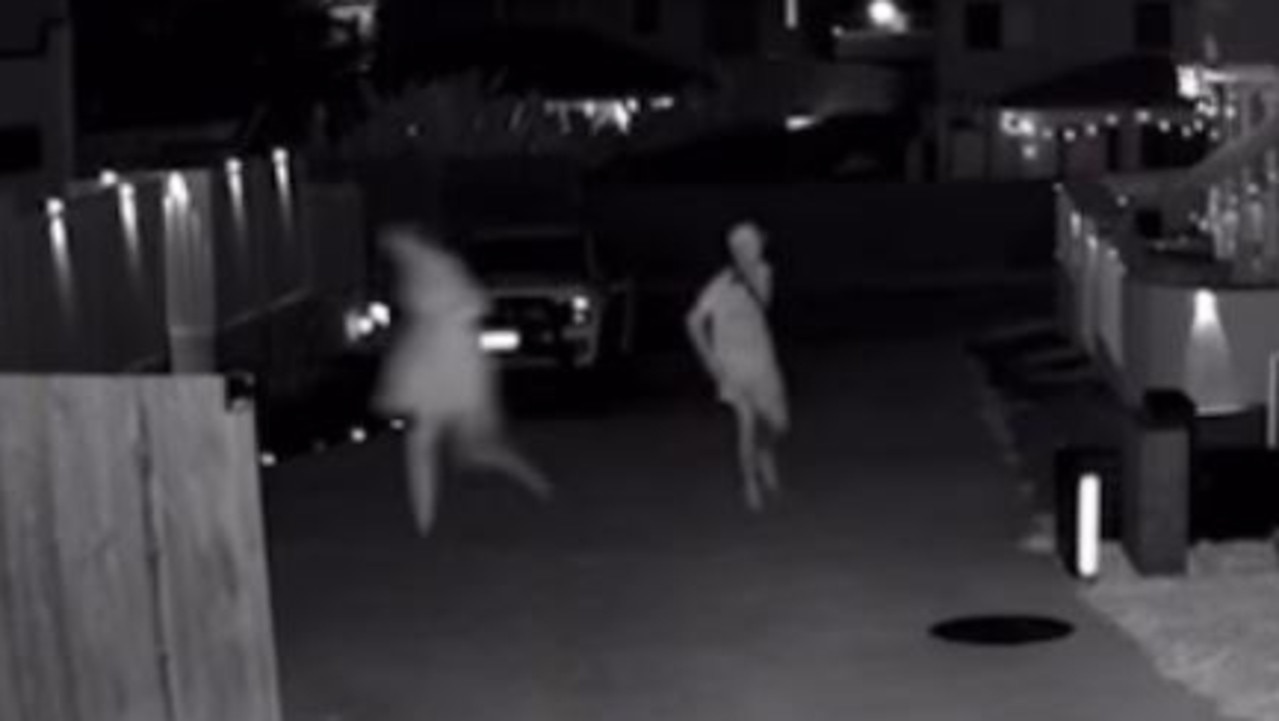‘Supply shortfalls, massive artificial price spikes’: Electricity prices class action
Damning internal memos allegedly show two state-owned electricity generators devising methods to “bring price volatility” into the market for their own profits, a court has heard.

Police & Courts
Don't miss out on the headlines from Police & Courts. Followed categories will be added to My News.
Damning internal memos allegedly show two state-owned electricity generators identifying weaknesses in Queensland’s power supply network and devising “strategic bidding” methods to “bring price volatility” into the market for their own profits, a court has heard.
The evidence kept coming on Thursday of CS Energy and Stanwell allegedly rebidding wholesale power packages to create supply shortfalls and massive artificial price spikes.
The court heard that in some cases, the energy generators only decreased their power supply input into the energy market by three or four per cent, but as a result, dispatch energy prices shot up by as much as 20,000 per cent for a short period.
An eight-week hearing in Australia’s largest energy class action started in the Federal Court this week against Queensland government-owned generators CS Energy and Stanwell, who dominate the state’s power generation.
The class action was initiated by Ronnie and Nick Adamson from the Stillwater Pastoral Company, on behalf of 40,000 customers who paid for electricity in Queensland between January 2015 and January 2021.
During Thursday’s hearing, barrister Lachlan Armstrong, representing Stillwater Pastoral Company, showed the court a CS Energy market report email dated February 2014.
“With major baseline units Millmerran 2, Callide C4 and Callide B2 all offline, there were opportunities to utilise Gladstone’s high ramp rates to bring some price volatility into the Queensland spot market,” it read in part.

The court was then shown Stanwell documents from the same month.
“This week the focus has been on Queensland plant reliability, or lack thereof, with a number of baseload units either tripping or coming offline for unplanned outages … Price volatility has mostly been limited to the 13th [February 13] where there were four price spikes above $10,000,” one said.
Another Stanwell document outlined the generator’s portfolio modelling.
“Weekly price above budget and strategy following various price spikes as a result of strategic bidding behaviour on constrained interconnector northern flows. Gross margin above both strategy and budget expectations given higher spot revenue,” it read.
Mr Armstrong commented during Thursday’s hearing: “So another example of the Stanwell strategy having been implemented.”
A further Stanwell document outlined the short-term price spikes over two months.
“The start of January saw hot weather in Queensland and demand above 8000 megawatts,” it said.
“On January 4 there were four five-minute spikes above $11,000 leading to a max half-hourly price of $4,376 and a daily average of $216.
“Strategic bidding and high Queensland demand resulted in seven five-minute spikes above $11,000 from January 20-22.
“In February, high availability and low demand in early February put further downward pressure on the forward curve.
“Strategic generator bidding and QNI binding north caused numerous five-minute spikes to above $10,000 from February 13-21.”
Mr Armstrong told the court: “So in our submission, that is again Stanwell and CS Energy recognising that their conduct may cause strategic bidding and cause these price hikes.”
The court also heard further evidence of Stanwell’s rebidding, from the report of Dr Shaun Ledgerwood – an expert in manipulative or fraudulent behaviour in energy markets.
On October 23, 2013, a series of Stanwell rebids moved 856 megawatts from low price bands to high price bands. As a result, the energy market spiked from $95 per megawatt hour to $7200, Dr Ledgerwood’s report summarised.
“So the consequence was that the National Electricity Market Dispatch Engine (NEMDE) had to call on offers that had priced electricity as high as $7201 per megawatt hour,” Mr Armstrong told the court.
Mr Armstrong added that according to Dr Ledgerwood’s analysis, if these rebids had not happened, the energy prices would have fallen.
“According to this reconstruction, but for the rebids, Dr Ledgerwood estimates that the price actually would have fallen, presumably because of the slight dip in demand,” he said.
“But instead that slight dip in demand is more than offset by the effect of the repriced capacity. This actually is a good example of removing low-priced capacity has the same economic and pricing effect as an increase in demand for fixed-level supply.”
The court heard CS Energy rebid 120 megawatts from the $22.40/MWh price band to the $13,500/MWh price band on January 9, 2015. The resulting short-term artificial impact on the broader energy market was a price surge from $37.49 to $13,499 per megawatt hour.
While legal representatives for Stanwell Corporation and CS Energy have not had the chance to outline their defence as yet, both have provided statements in advance.
A Stanwell Corporation spokesman said it would fight its case in the Federal Court.
“We are disappointed that international litigation funders and their representatives have targeted us in this case and emphatically reject their claims,” he said.
“Their allegations against us are false, misleading and clearly opportunistic.”
“We believe this action reflects a fundamental misunderstanding of the Australian electricity market.
“We will continue to vigorously defend against it in court but we expect this will be a long and costly process.”
A CS Energy spokeswoman said the generator rejects the claims made and will be “strongly defending the class action.
“This has been, and will continue to be, a long and complex legal process,” she said.
“CS Energy respects the court process. As the case is currently before the Court, it is not appropriate to comment further on the substance of the proceeding.”
The hearing continues on Friday.



